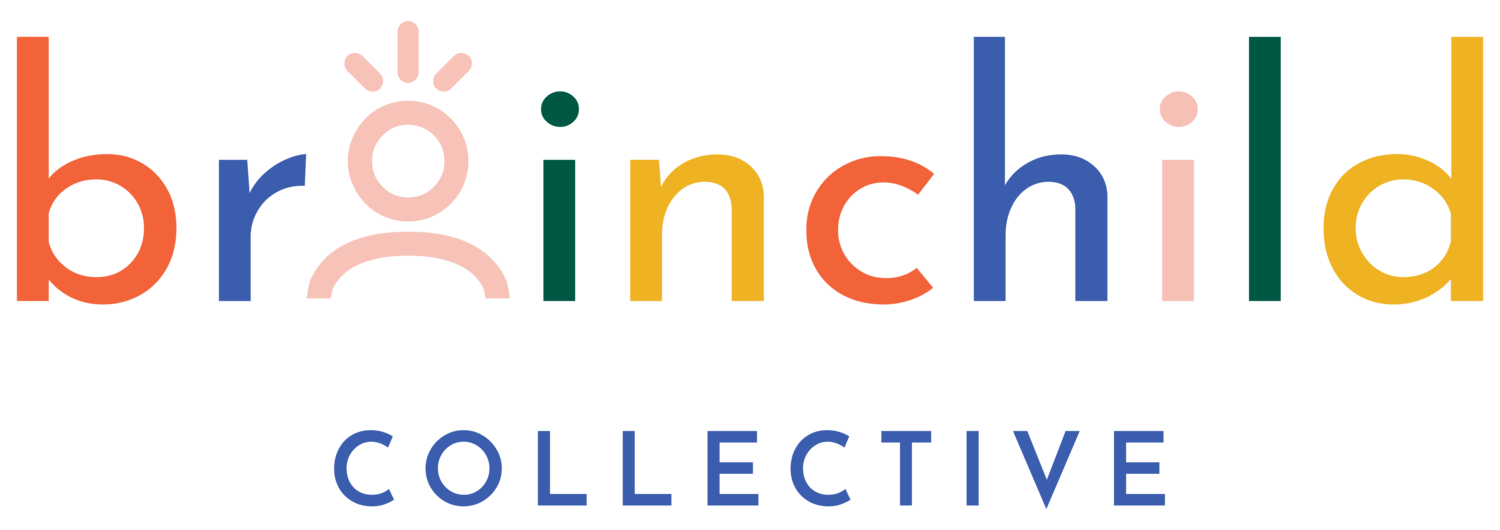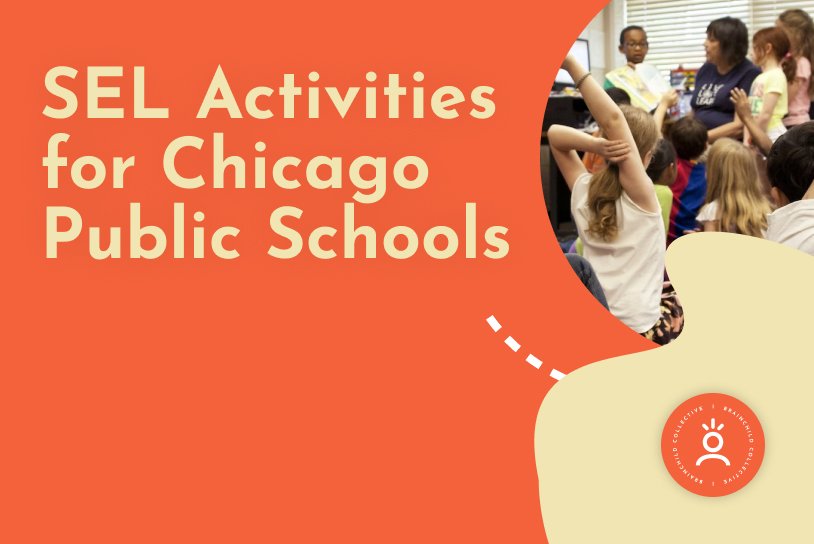SEL Activities for Chicago Public Schools
As architects of the future, educators play a crucial role in nurturing not just the intellectual capacities of their students but also their emotional intelligence. Social-emotional learning (SEL) emerges as a beacon, fostering a holistic approach to education that empowers students with essential life skills. In this blog post, we delve into the profound importance of SEL and explore a myriad of transformative activities that educators can seamlessly integrate into their classrooms.
Shaping Tomorrow’s Leaders
At its core, SEL is more than a curriculum; it's a philosophy that recognizes the profound impact of emotions on learning, behavior, and overall well-being. Embracing SEL means acknowledging the interconnectedness of emotional and academic development. It is the key to unlocking a student's potential and promoting resilience, empathy, and a profound sense of self-awareness.
What SEL Looks Like in the Classroom
Picture a classroom where students excel academically and navigate challenges gracefully, communicate effectively, and collaborate seamlessly. It is the vision that SEL endeavors to bring into reality. Here, the outcomes of SEL extend far beyond test scores and academic achievements; they manifest in the development of well-rounded individuals equipped with the skills needed to thrive in the complexities of the 21st century.
Activities that Cultivate Emotional Intelligence
Morning Greetings: The way a day begins sets the tone. Start each day with personalized morning greetings. This ritual establishes a connection between you and your students and creates a warm, inclusive environment where everyone feels seen and valued.
Brain Breaks: Integrating short breaks into the learning routine can significantly enhance students' focus and well-being. Quick stretches, mindful breathing exercises, or a moment of light-hearted movement can reset the energy in the classroom, promoting a positive learning atmosphere.
Kindness Commendations: Establish a "Shout Out Board" where students share their appreciation for classmates and teachers. This activity promotes community spirit and provides an opportunity to reinforce a culture of kindness by recognizing acts of support or positive contributions.
Self-Reflection through Drawing: Artistic expression can be a gateway to understanding one's emotions. Incorporate activities where students use drawing as a form of self-reflection. This activity taps into their creativity and provides a non-verbal outlet for expressing complex feelings.
Journal Writing: Journaling is a therapeutic practice that enhances self-awareness. Allocate time for students to engage in reflective writing. Prompts can vary, encouraging them to explore their emotions, set goals, or recount positive experiences.
Scenario Reflections: Create real-life scenarios like "What Would You Do?" Pose dilemmas such as, "You have an upcoming test, but a friend invites you to the mall. What would you do?” Encourage open dialogue, allowing students to share thoughts and ideas, fostering a space for collective learning and personal growth.
Show-and-Tell Session: Dedicate a weekly slot for students to showcase items or ideas that hold significance to them. This inclusive practice provides a safe and engaging space for children to express themselves, fostering effective communication and building connections among classmates.
SEL Quote of the Day: Infuse inspiration into the daily routine with a "SEL Quote of the Day." Select quotes that resonate with the principles of emotional intelligence and discuss their relevance. It's a simple yet impactful way to reinforce SEL concepts.
Poetic Perspectives: Engage students in writing poems from the perspective of someone they don't know. Foster empathy by encouraging them to explore the experiences of unfamiliar individuals. This activity reinforces that understanding doesn't require a close bond, promoting empathy through creative expression.
End-of-the-Day Reflections: Conclude the school day with a moment of reflection. It can allow students to share highlights, express challenges, or set intentions for the next day. Reflection promotes mindfulness and a sense of closure.
Embracing SEL for Lifelong Success
As educators, adopting SEL practices transforms classrooms into nurturing environments where emotional intelligence is taught and lived. These activities lay the foundation for students to navigate life's complexities, form meaningful relationships, and contribute positively to society.
The outcomes extend far beyond academic success, shaping individuals equipped with the skills needed to thrive in the ever-evolving landscape of the 21st century. Embrace SEL and witness the transformative power it brings to both classrooms and the futures of the students you guide.
The Brainchild Collective plays a pivotal role as a collaborative partner, introducing a range of innovative activities designed to integrate Social-Emotional Learning (SEL) into the core of classroom experiences. We aim to provide educators with a rich toolkit beyond conventional approaches, acknowledging each student's unique needs and learning styles. This commitment ensures that SEL's impact is comprehensive and inclusive, fostering a classroom environment where every student can thrive emotionally and academically.

